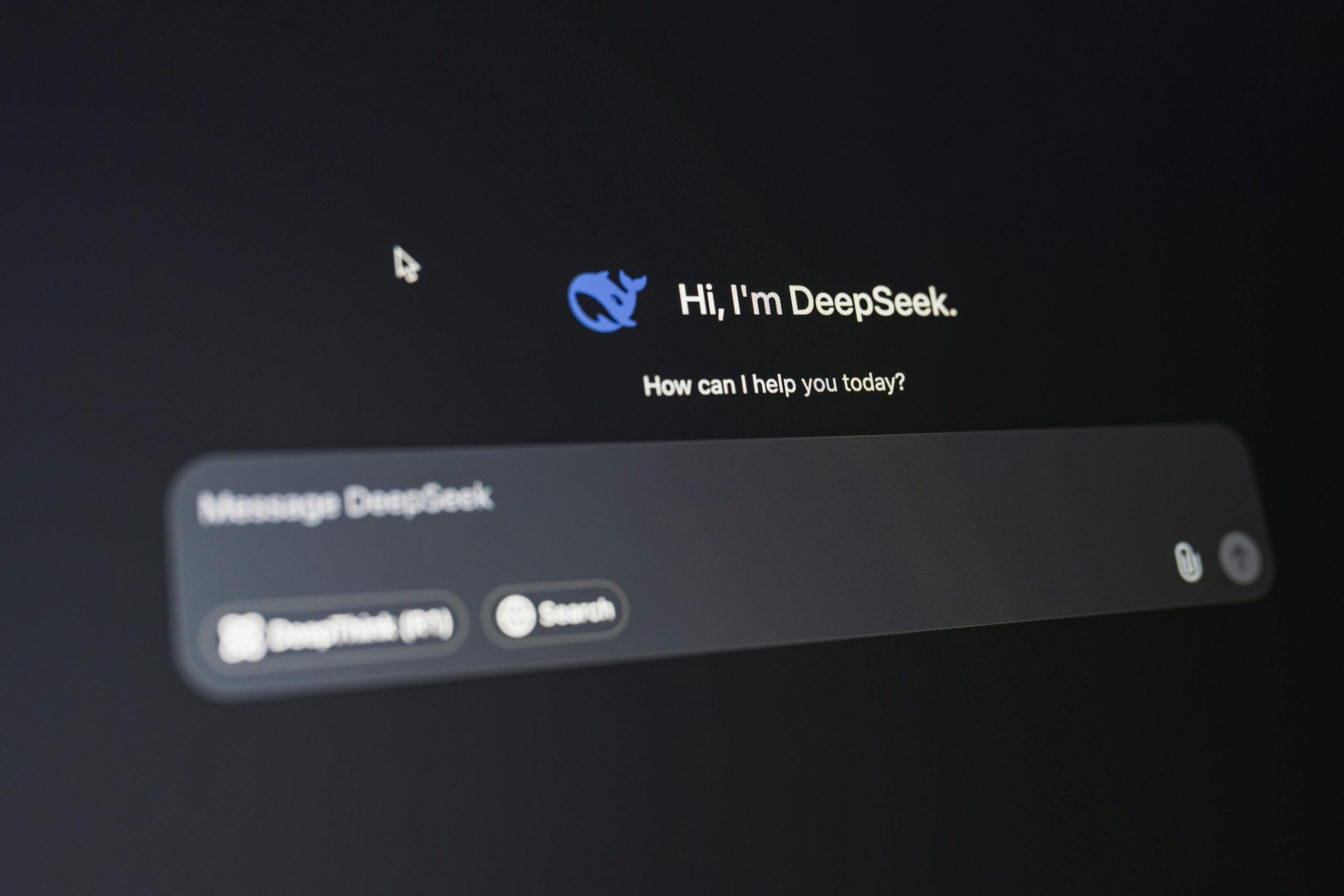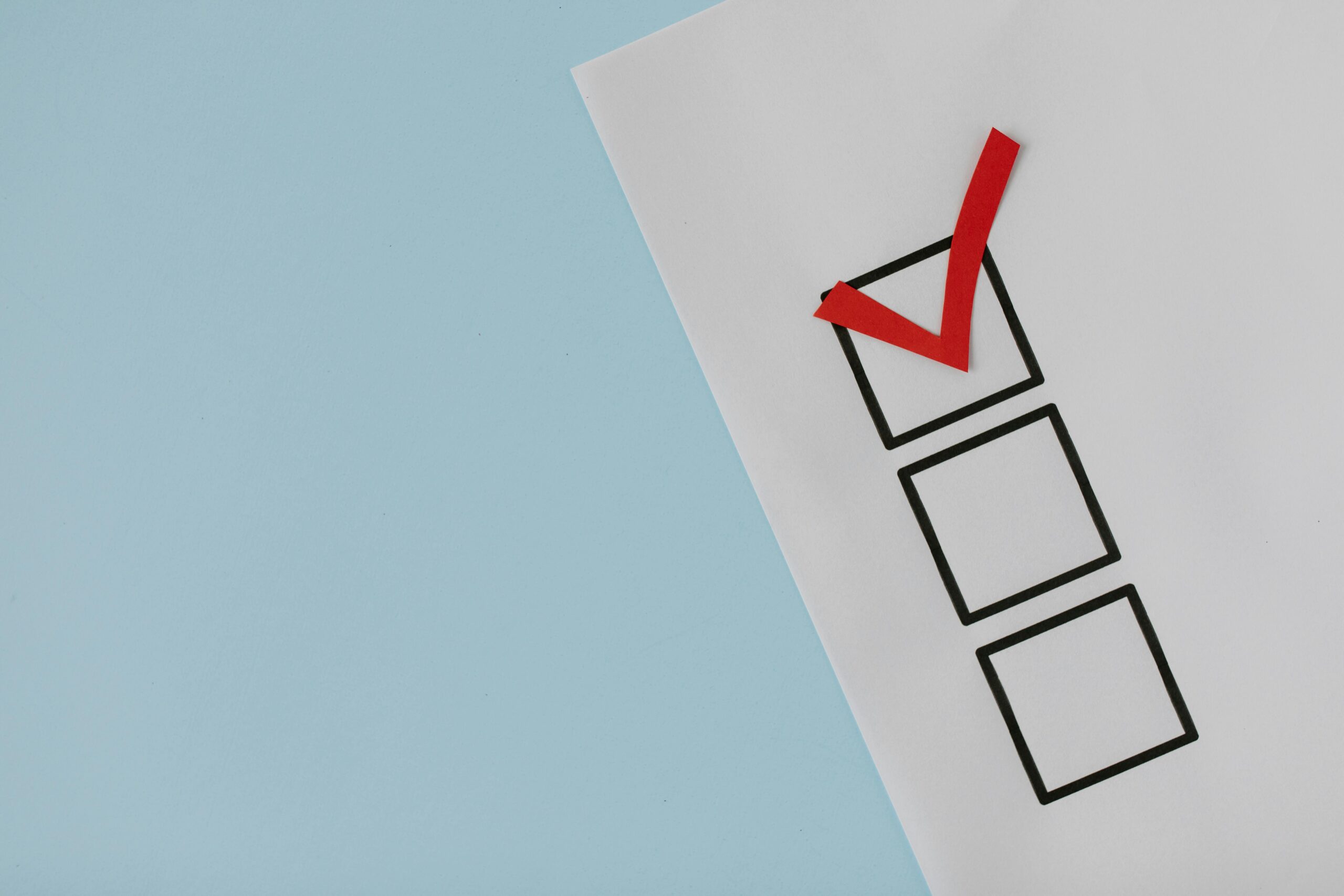
by Molly George
It’s undeniable — social media has fundamentally changed the world of journalism.
It’s a question we ask every intern candidate we interview. Consider how you and your friends consume media and tell us how you think that changing media landscaping will affect the future of PR. For those younger digital natives, social media has always been a primary source of news and information.
In a world where today’s reporters often break news on in 140 characters or less, social media offers another great channel for companies and PR pros to better understand and engage with reporters. Done well, it can help brands cut through cluttered inboxes and contribute to impactful conversations. But approach it poorly, and it’s a fast and easy way to land you on a reporter’s (or entire publication’s) bad list.
Just today, Matt Hughes over at The Next Web gave brands everywhere a good reason to pause and reflect on their own social strategies when he wrote about a Canadian VPN company that “took the bar for tech PR and didn’t just lower it, so much as set it on fire and throw it in the ocean.” Ouch.
The company took an…unusual approach…letting its users increase the amount of data they can transfer each month by tweeting about its product. And bonus points if you tweeted at the specific list of tech writers and pubs the company provided!

As you might imagine, the effort backfired in a big way, resulting in not much more than a lot of angry journalists.

Why did the effort fail so bad? Windscribe overlooked a key element in social success: authenticity. When the reporters’ Twitter streams were flooded with tweets about the company, the lack of authenticity was quickly apparent — the messages were all nearly identical, and most came from “egg” accounts that lacked even a unique profile picture.
Whether you’re a reporter or not, people flock to social media looking for entertainment, useful information and the opportunity to engage in two-way dialogue with real people. Windscribe’s faux pas should serve as a valuable lesson for brands everywhere — when it comes to social media, whether you get it right or wrong, there’s a big audience watching.



